AUTUMN SONATA. Jaw-dropping duo of Ingrid Bergman and Liv Ullmann
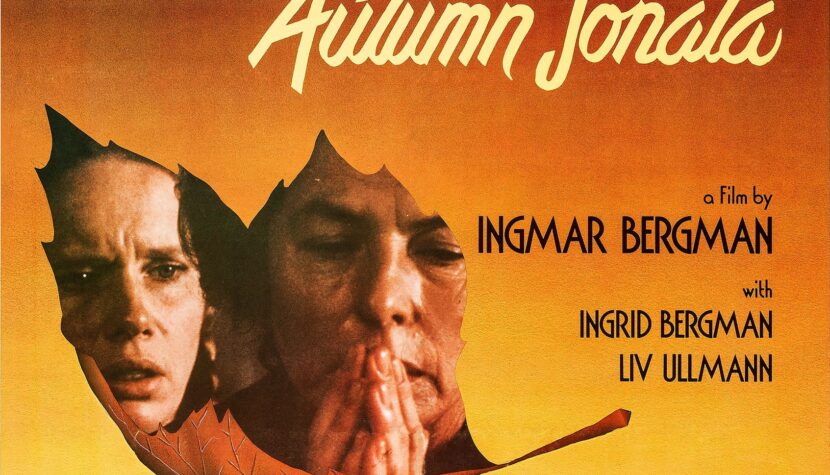
The eminent director often constructed his narratives around female protagonists, even if he projected his own obsessions and experiences onto them. An actress who arguably most deeply identified with Bergman’s obsessions and remains the most important face of his work is Liv Ullmann.
The Norwegian actress played seemingly the most important roles in her career in Bergman’s films, proving to be the perfect embodiment of the psychological intensity of his films. In 1978, Ullmann collaborated with another acting legend of Swedish cinema, Ingrid Bergman, in the work of the Swedish master, resulting in Autumn Sonata. This film is one of many excellent examples of Bergman’s cinema focused on women, offering a unique actor duo of two of the greatest women to ever stand before a movie camera.
Autumn of Bergman
Autumn Sonata was created during a special period for Ingmar Bergman, towards the end of his forced exile from Sweden. Conflicted with authorities after a tax scandal, the director filmed in Norway, with the involvement of a small, dozen-person crew, returning after the more elaborate The Serpent’s Egg to closed, almost theatrical spaces. The screenplay for the film was written several years earlier with Ingrid Bergman in mind, with whom the creator, meeting two Swedish celebrities, had planned to collaborate for over a decade. The cooperation of the two Bergmans did not go smoothly, but ultimately, this project, historically significant in many ways, came to fruition, and for four decades, we have been able to admire the result of their artistic meeting.
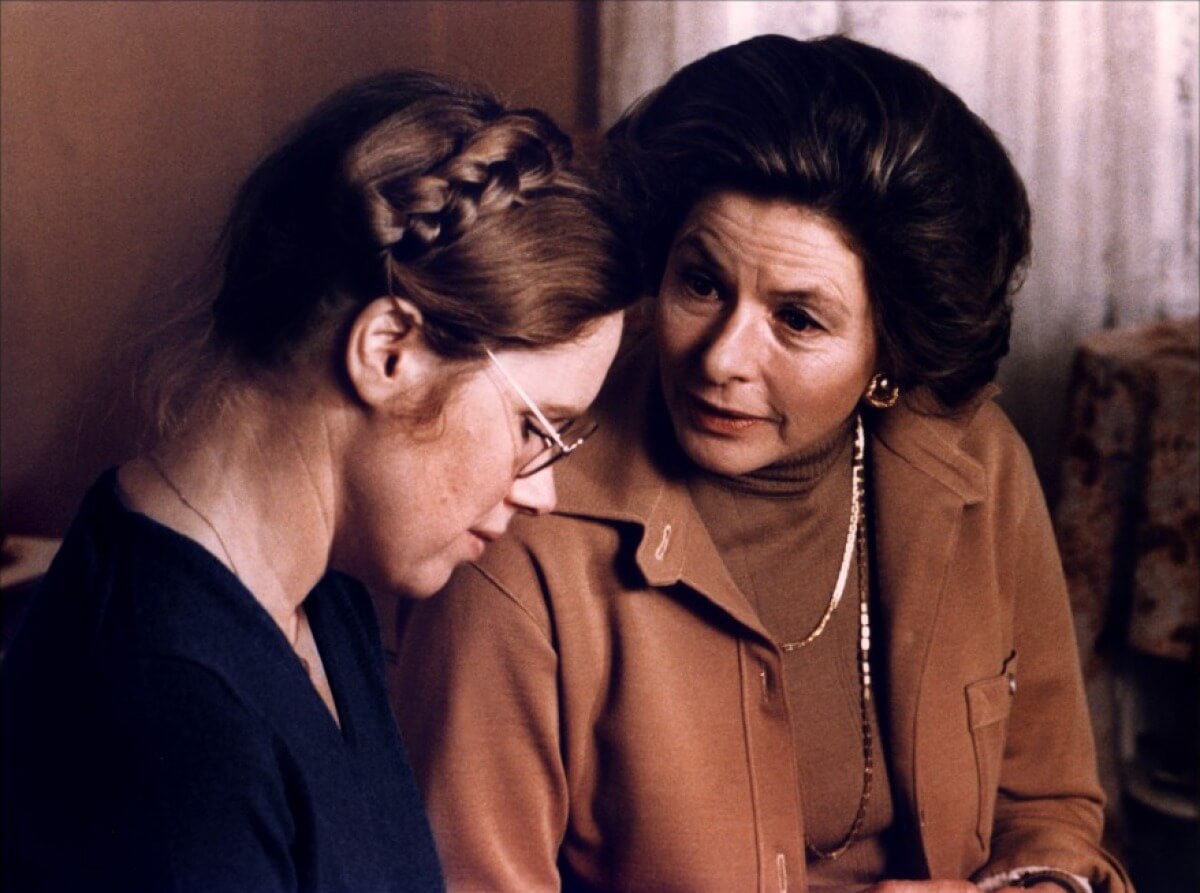
The film from 1978 is one of the flagship and most acclaimed works of Bergman’s late period. Autumn Sonata leans clearly towards aesthetic minimalism and the reduction of formal means in favor of placing the focus on the psychological and acting dimensions of the work. Once again, Bergman, along with cinematographer Sven Nykvist, employs color film, clearly distinguishing the late stage of their collaboration from the iconic black-and-white achievements of the 1960s. In Autumn Sonata, the creators very sparingly utilize the visual aspect of the film, aiming for aesthetic minimalism. The refined aesthetic layer subtly emphasizes the alienation of the characters, but it highlights those meanings introduced by the dramaturgy even more. Thus, the reception optics of this film are decidedly set on the dynamic of character psychology, for which the sophisticated, disciplined cinematography lays a fertile ground.
The drama written by Bergman is stylistically economical, very focused on the psychological dimension – it stimulates not so much the viewer’s perception as it creates space for the main actresses, who determine the overall quality of the film. Bergman himself noted that Autumn Sonata is somewhat an expression of the gradual solidification of his style, being a film “in the style of Bergman” rather than an authentically creative fruit of his vision. Though Autumn Sonata is hard to define as unsuccessful, perhaps there is some truth in such perception – it is not a film as engaging as the filmmaker’s most outstanding achievements from Uppsala; in a sense, it is indeed “classic” in terms of Bergman enclosing himself within his own convention, which has become somewhat predictable. Yet, this is still an intriguing work, where – despite the author’s conservativeness – particular attention deserves the efforts of Ingrid Bergman and Liv Ullmann.
Three Women
Autumn Sonata is a chamber but intense story about the complicated relationship between a mother and daughter. The former – a world-famous pianist – visits her daughter’s home, living quietly in a Norwegian parish with her husband, who works there as a pastor. Played by Ingrid Bergman, Charlotte, a mature woman mourning the death of another husband, experiences the first shock when she discovers that her younger child – disabled Helena (played by Lena Nyman, known from, among others, Vilgot Sjöman’s diptych I Am Curious…) – whom Charlotte once placed in a facility, now resides with her daughter and son-in-law. Charlotte experiences an even greater shock when Eva finally gathers the courage to express the tormenting resentment and negative feelings towards her mother.
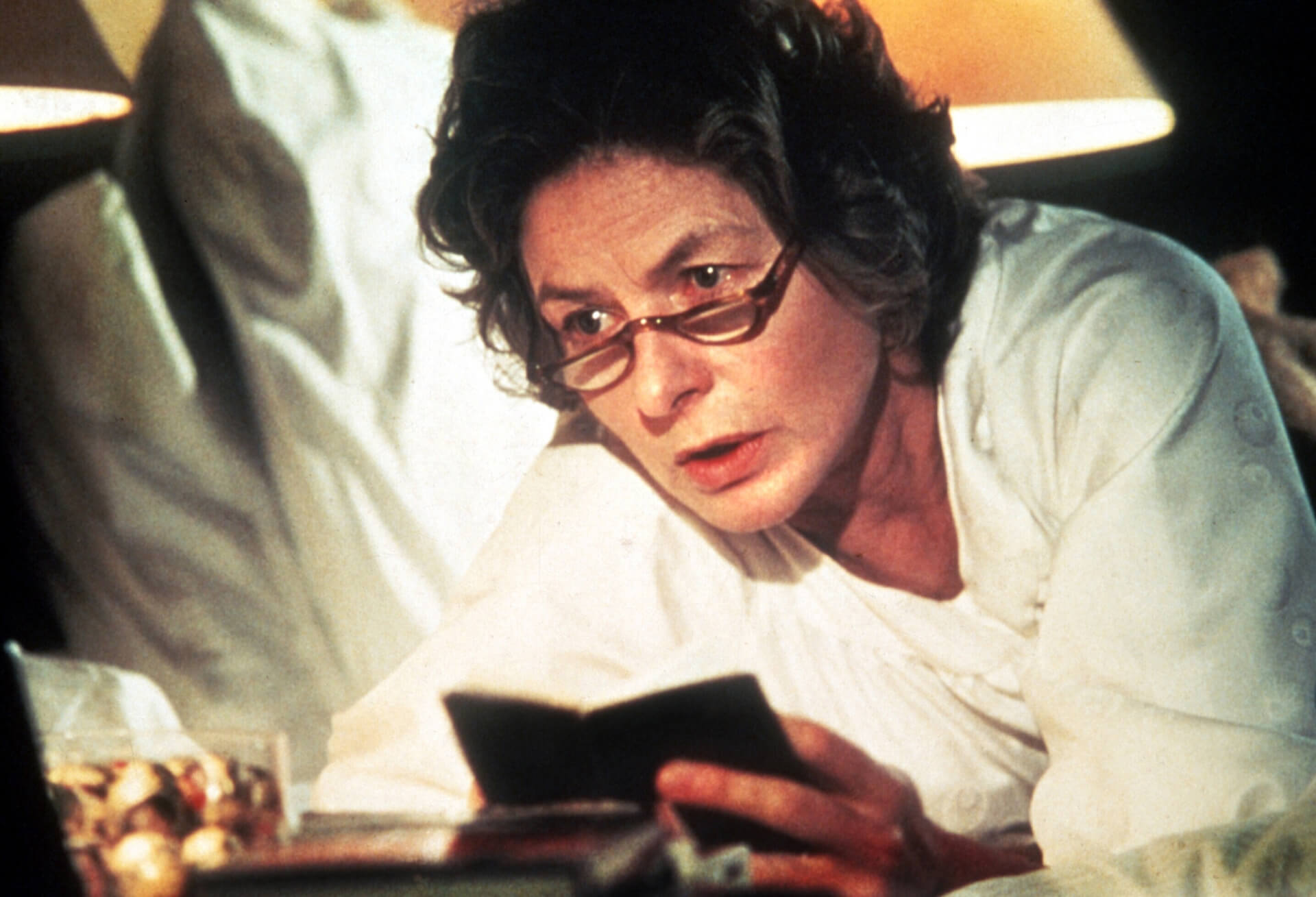
As the narrator of the story, Viktor, Eva’s husband, is signaled, but in reality, the entire film is built around three women – Charlotte, Eva, and Helena. The male character of the observer only introduces critical distance to the narration, in which we do not have access to the thoughts of the heroines but only to their direct actions and utterances. Viktor as a narrator suggests a lack of access to the inner life of any of the women, making the audience observers of something that is truly difficult to understand if not experienced. In this regard, Autumn Sonata offers a psychological study based on premises, pointing to the impossibility of reaching the deepest levels of the heroines’ feelings and the necessity of consenting to the intermediation of the interpretation of their experiences through the direct expressions of this inner life.
The axis of the film is the complicated relationship between Charlotte and Eva. The former is a figure of an absent and distant mother, simultaneously idealized, loved, and hated by her daughter. Charlotte constantly plays the role of a worldly woman, even in mourning remaining a thoughtfully distinguished person true to her persona of world fame, kindly patronizing, and falsely benevolent towards others. However, it is not coincidental that she created such a great distance between herself and her daughters – their closeness and presence disturb her comfort and force her to confront suppressed emotions. During her stay at Eva’s home, negative emotions that she harbors towards her children and herself come to the surface, forcing her into a painful confrontation with her own past and guilt embodied by Eva and Helena.
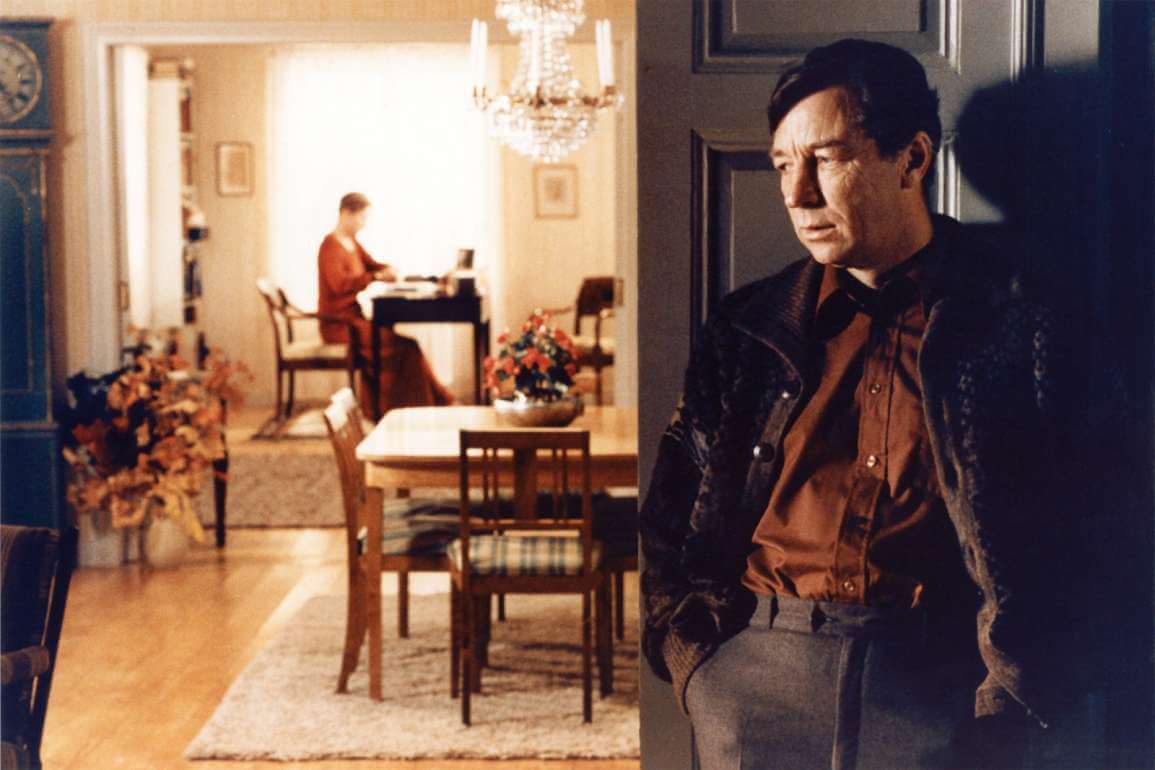
Eva is an educated, intelligent woman who, one might think, leads a happy life alongside her stable husband. However, in reality, she is internally broken, oppressed, and irreversibly marked by a toxic relationship with her mother. She partially adopts her emotional indifference, functioning in a cold stagnation of a relationship without feelings and shutting herself off from her loved ones and their feelings (in the prologue, Viktor directly states that he cannot convey his feelings to his wife). Her personality is determined by her relationships with her mother – ideal, demanding, and distant – whose love she constantly sought but never gained. Eva’s emotional trauma, compounded by the loss of a child, which despite its tragedy also failed to bring her closer to her mother, situates the woman in a dramatic clash of grief – between the experience of coldness from her mother and the sudden loss of a child. In the film, we see a woman in middle age whose every attempt to gain love – maternal, romantic, and parental – has ended in failure.
The third, seemingly marginal woman in the film is Helena. Charlotte’s younger daughter suffers from paralysis, unable to communicate normally with the world and reliant on the care of others, primarily her sister. In Autumn Sonata, the character of Helena is deliberately exaggerated – she is a grotesque picture of what an adult daughter of Charlotte might look like. In a bitter way, she seems to be the ultimate retribution for her mother’s sin, forced to suffer the consequences of someone else’s choices and behavior. However, Helena’s character also offers a moral perspective on the actions of the main heroines. Despite her paralyzed body, Helena is the only one capable of expressing real feelings. She openly rebels against the tyranny of her sister and mother, effectively becoming the voice of conscience, accusing them of their behavior. Helena is the only heroine in Autumn Sonata who experiences a relative redemption – the internal peace resulting from the absolute conviction that she has done everything she could to express her feelings.
Sonata of Pain
The encounter of Eva and Charlotte in the presence of Helena triggers reactions of confusion and a desire for confrontation in both main characters. The mother begins to feel uneasy, haunted by a nightmare in which her daughter suffocates her – feelings of guilt and fear of the child, although already an adult, but still frightening with her expectation of love, overwhelm her with full force. Meanwhile, Eva adopts the posture of a little girl again, seeking to win maternal love, the absence of which fuels her anger. The forty-year-old woman is shy and constantly embarrassed in her mother’s presence, twisting her hair into girlish braids and initially clearly intimidated by her presence.
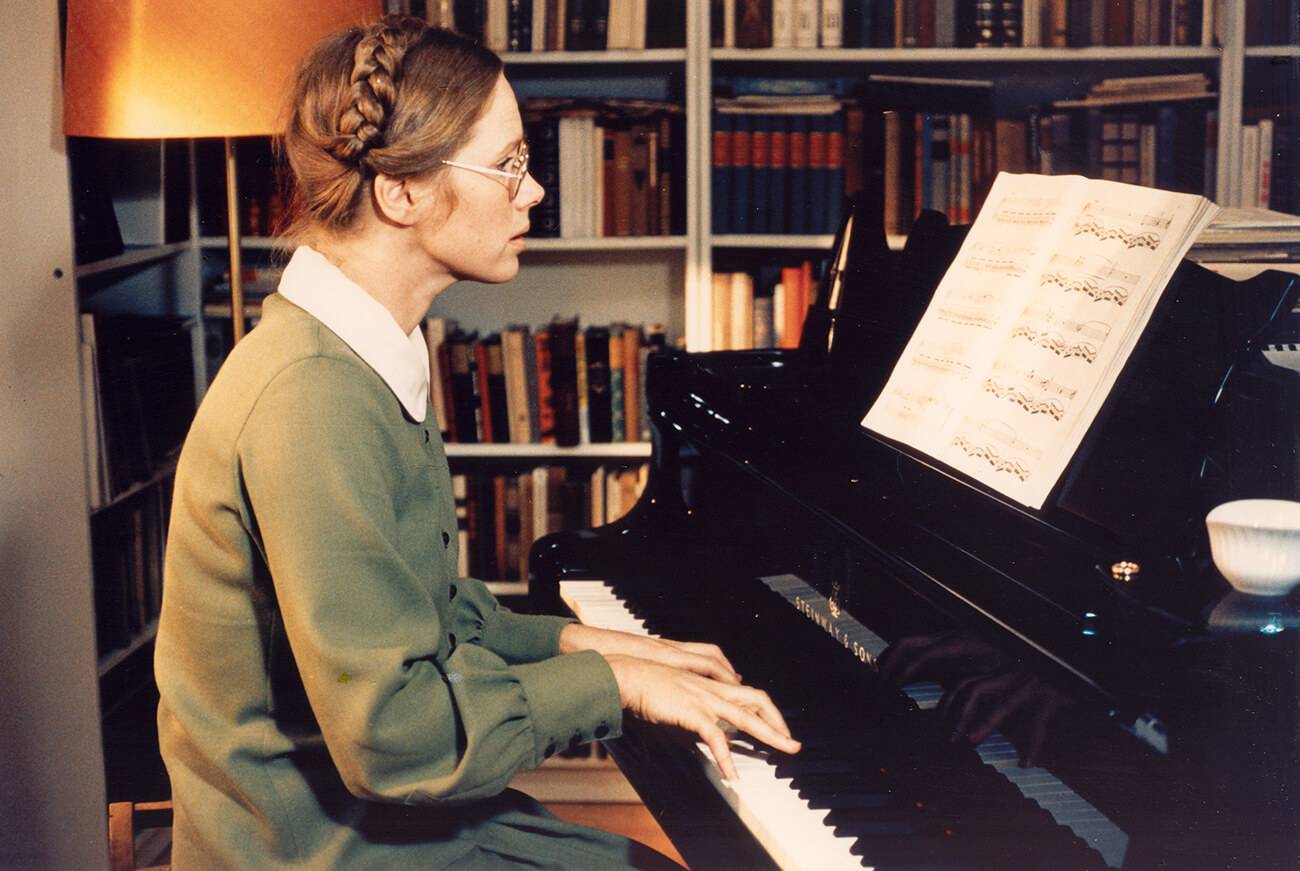
The contrast in the personalities of both women is visible in every gesture, but it culminates in the scene of playing the piano. Encouraged by her mother but feeling intimidated, Eva plays Chopin’s sonata, which prompts a condescending tirade from her mother-virtuoso about the essence of music and the principles governing the interpretation of pieces. At this moment, the disparity between the characters is evident, as their performances of the piece correspond to the dominant traits of their personalities. The difference in their approaches to the sonata and the subsequent lack of understanding in their exchange of words (or rather the lecturing of her daughter by Charlotte) also clearly demonstrate the lack of a common language and communication between the two women.
However, faced with Charlotte’s consistent aloofness, Eva decides – or rather, is mentally compelled by the constant repetition of painful behaviors – to confront her directly. In a dramatic sequence of a nighttime conversation, she expresses her consuming resentment towards her mother, whom she always tried to please but whose affection she never gained. The culmination of their long exchange of grievances, doubts, and mutual accusations is the awakening of Helena, who tries to call her mother by crawling towards the stairs. In this poignant melodramatic sequence, Bergman presents the key problem of his narrative – each of the women is impaired, lacking a common language between them. Communication between mother and daughters is therefore impossible because each of the three women suffers in her own way due to the inability to express her feelings – Charlotte from fear of intimacy, Eva from trauma caused by the distant figure of an inaccessible mother, and Helena due to physical disability. In this deeply flawed relationship from the very beginning, communication is only possible through violent gestures and accusations, and it is too late for real understanding and unity. Therefore, Charlotte does not respond to Helena’s call and ultimately escapes from her daughters back to the world of her musical career.
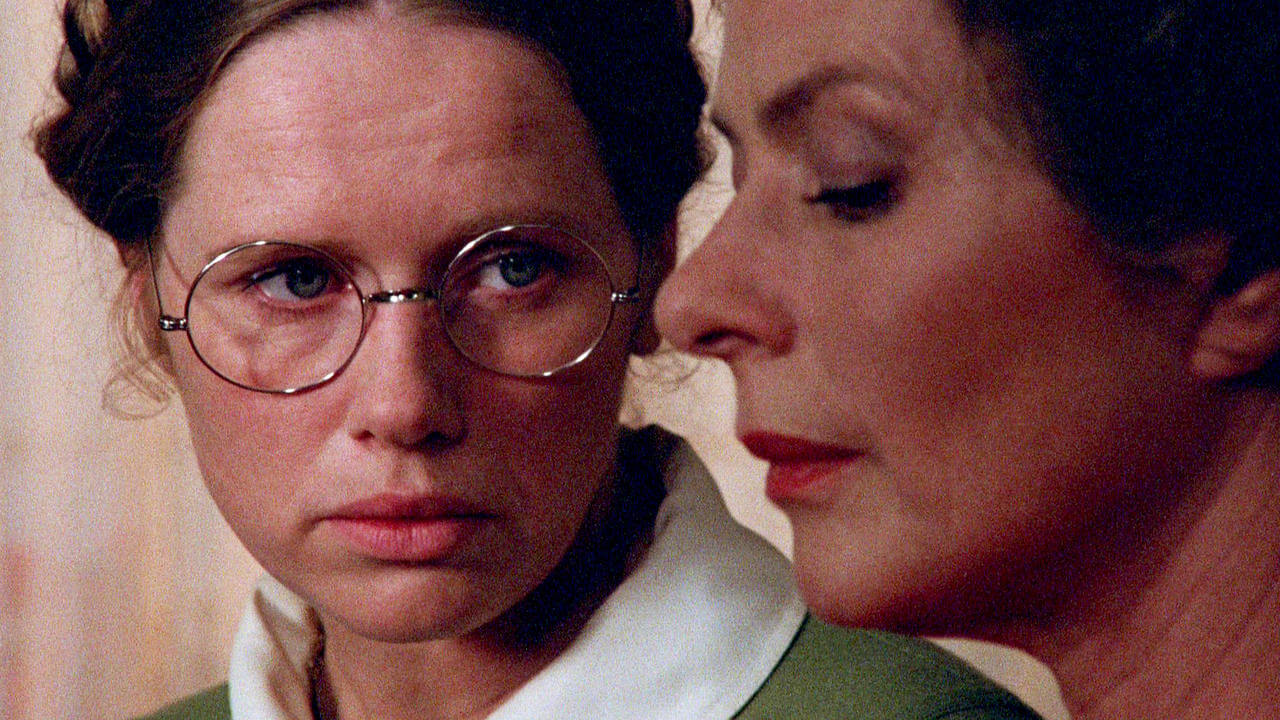
The precise construction of the dramaturgy of Autumn Sonata depicts individuals broken psychologically by a long-standing toxic relationship within the family and the tragedy of the lack of understanding between those who should be closest to each other. Suppressed traumas and resentments in the film are shown as overwhelming forces, draining the life energy from individuals who go out into the world emotionally crippled by their loved ones. The mother suppresses the daughter, and metaphorically, the daughter suffocates the mother. There is no way out of this relationship, and the meeting of both women without masks, in a direct eruption of emotions, makes each side aware of the other’s mistakes and the first one’s tragedy, but it does not cleanse. Forgiveness is possible but unfulfilled – most likely, it will hang over the mother and daughter until the end of their lives, never experiencing real reconciliation.
Confrontation
Autumn Sonata is also an extraordinary meeting of two outstanding actresses – the famous Ingrid Bergman, slowly bidding farewell to cinema, in the role of Charlotte (for whom this was the penultimate performance of her career), and Liv Ullmann, the most prominent actress of Ingmar Bergman, who portrayed Eva. This special casting added depth and power to Autumn Sonata. Analogous to the emotional confrontation of mother and daughter in the plot, in this film, we can observe an acting duel between two outstanding personalities. Although their on-screen encounter is not accompanied by undertones of rivalry and negative emotions, Bergman’s contrasting casting of the two actresses strengthens the film’s themes of prestige relationships, the collision of different worlds and personalities, and enables both women to confront significantly different partners.
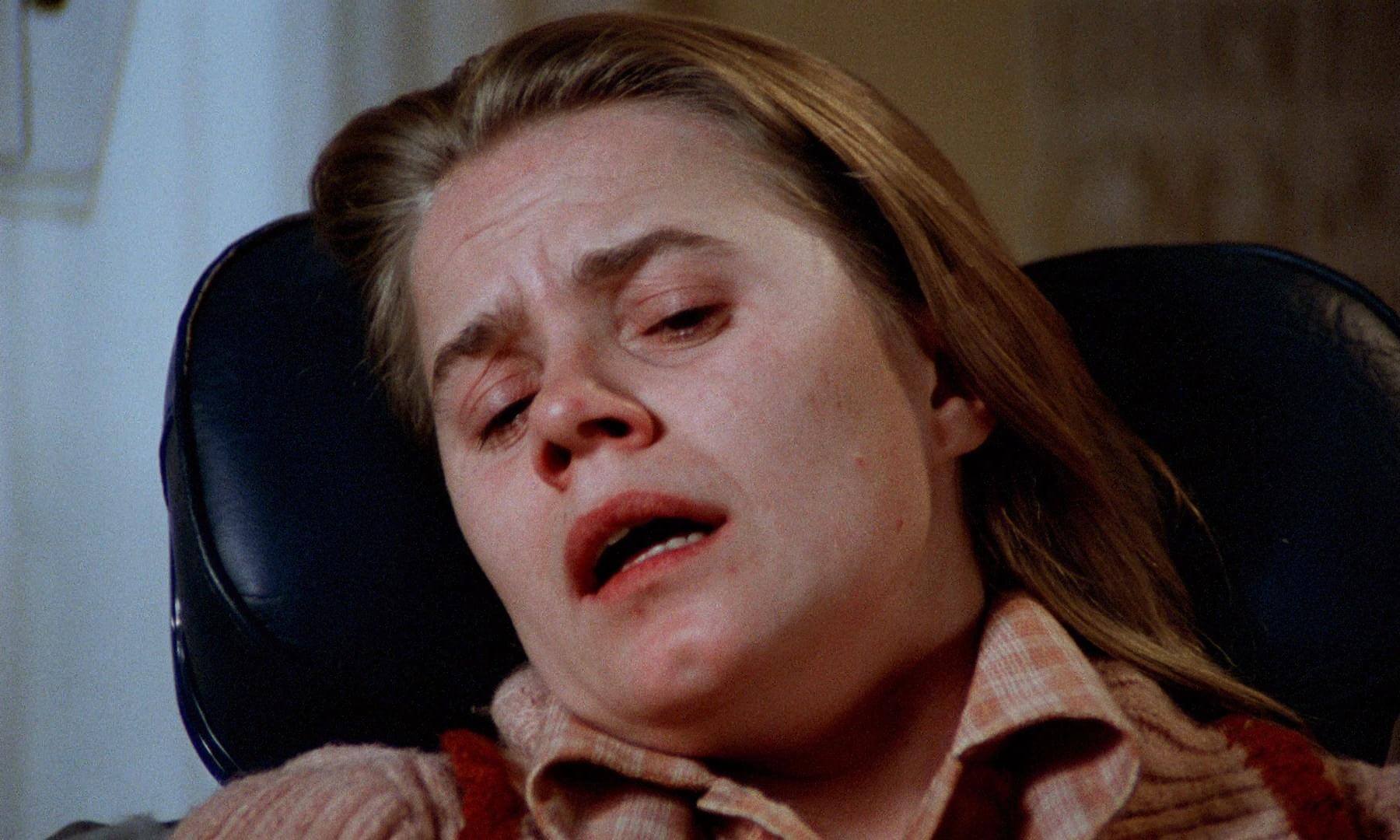
On one side, we have Bergman, the former Hollywood star, a world-famous artist returning to her native Sweden in a chamber drama devoid of international glamour and splendor of big productions. There are certain similarities between Ingrid Bergman and the character of Charlotte, visiting her family roots on the margins of the world stage, feeling more comfortable speaking English than Swedish, and entering the quiet, gloomy house with the distinguished elegance of a world-renowned figure. In this house, the hostess is Eva, played by Ullmann, an actress associated for years (both artistically and personally) with Ingmar Bergman, embodying the world of his artistic obsessions and their transformations. Just as the overwhelmed Eva is a kind of negative of a self-assured mother, so the focused, withdrawn Ullmann, in terms of acting techniques and achievements, is a character from a different cinematic world. During the development of the relationship between Charlotte and Eva, we can see the clash of two film personalities, each confronting their own antithesis.
Bergman-Charlotte is reflected in an image built on negative emotions, neuroses, and intimate despair. Her initial energy and egocentric self-assurance gradually give way, and the woman gets drawn into the nervousness and emotional tension prevailing in the film. Viewers discover darker, but more human facets of Bergman, who, like her character, taken out of the environment of bright lights and ovations, reveals her dramatic skills, steps out of the privileged position of a star, and engages in a difficult dialogue with Bergman’s world of living ghosts. Her portrayal can be described as a metaphor for unmasking – while at the beginning of the film, we still see a great star, gradually, as psychological tension between her and the younger woman increases, the surface peels away to reveal the face of an internally conflicted, insecure woman, approaching the end of her days and career.

In the opposite direction, Liv Ullmann’s performance in Autumn Sonata unfolds. Her acting persona is also initially pushed off the standard track – although she is essentially the main character here, from the moment she appears on the screen, Bergman’s Norwegian actress remains in the shadow, just as terrified as the character of Eva. So, in a slightly different way than usual with Bergman, Ullmann does not dominate the narrative, starting the film somewhat in the background; the character of the introverted, frightened Eva is perhaps the most stifled of the characters she was to play. However, in the confrontation with the older woman, as emotions escalate and Charlotte loses her sense of secure superiority, Eva-Ullmann spreads her wings, emerging from her shadow, and ultimately becoming an equal partner to Charlotte-Bergman, with whom she finally engages in a dialogue that has been impossible for years. This gradual breaking out of her shell, rejecting complexes and domination, makes the role in Autumn Sonata one of Liv Ullmann’s most outstanding performances.
Bergman captures the dynamics of the relationship between the two women and actresses most strongly in two staging techniques. The first is the aforementioned scene of the joint performance of Chopin’s sonata. Just as the differences in the characters are visible in it, so in the neurotic, breaking interpretation of Eva, Ullmann’s acting identity is reflected, focusing on expressive inertia, deep psychological insight, and introversion of her characters; on the other hand, the smooth, canonical, and more spectacular version of Charlotte corresponds to her acting work, oriented towards a completely different type of cinema and characters – more vigorous, dramatically developed, and “pure”. The second technique is the recurring composition with Liv Ullmann’s face in the background and Ingrid Bergman’s profile in the foreground. Ullmann looks at the older actress, who takes a primary position in the frame, yet it cannot be said that either of the women is less important – both occupy equally significant places in this relationship, only different in their positioning. These shots are a showcase of Autumn Sonata, summarizing its narrative and formal configuration, capturing the essence of the film, which is the violent collision of two personalities, two women, two great actresses.
***
As befits a “classic Bergman-style film,” Autumn Sonata is rich in meaning, contemplative cinema. It is not an easy viewing, but it opens up many layers of interpretation and triggers emotional contexts. The overall quality of the film is certainly largely due to Bergman and Ullmann, who elevated Autumn Sonata to artistic heights, interpreting the script written by the Swede with great sensitivity and energy. Considering the problematic context of cooperation with Ingrid, one must also remember – despite everything – Ingmar Bergman’s contribution, who was able to control the presence of two acting personalities in the film and capture their interaction in a coherent, convincing vision. This is the measure of the greatness of this director, able to extract from himself and others that special spark of genius even in moments of crisis and doubt.”


